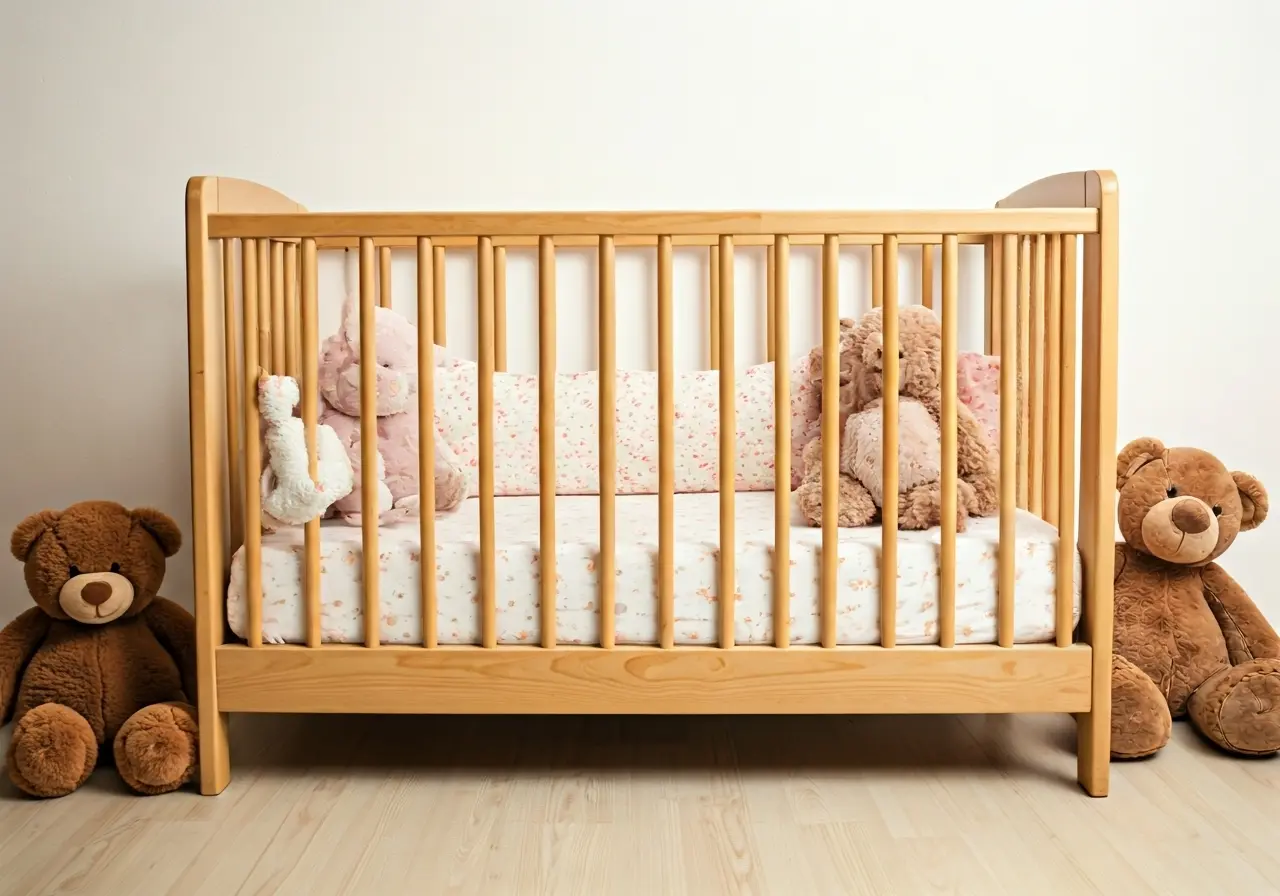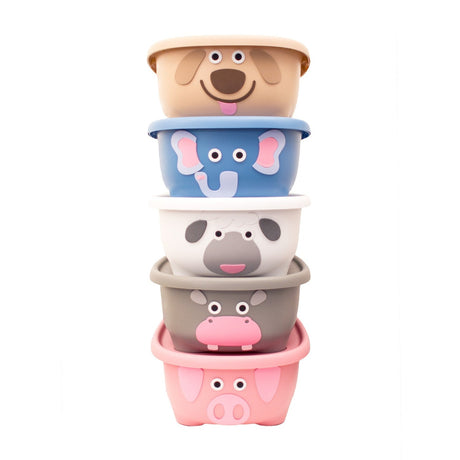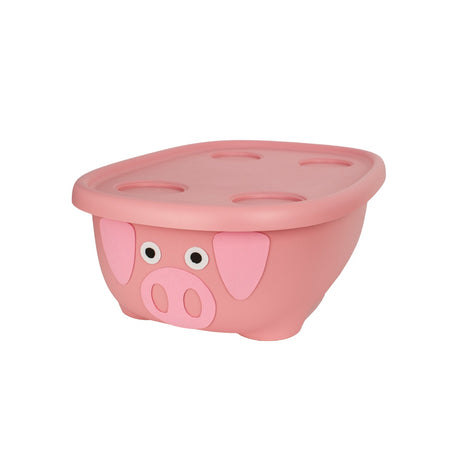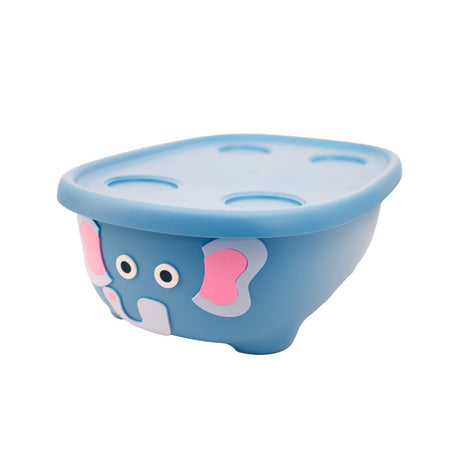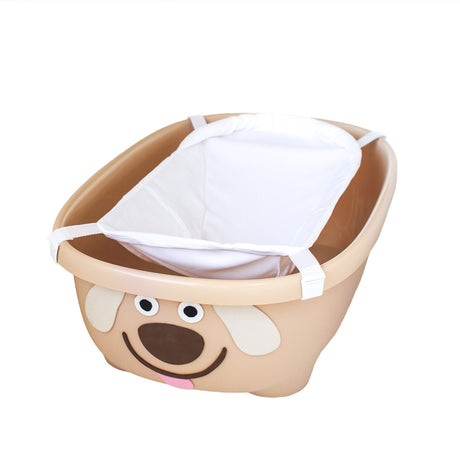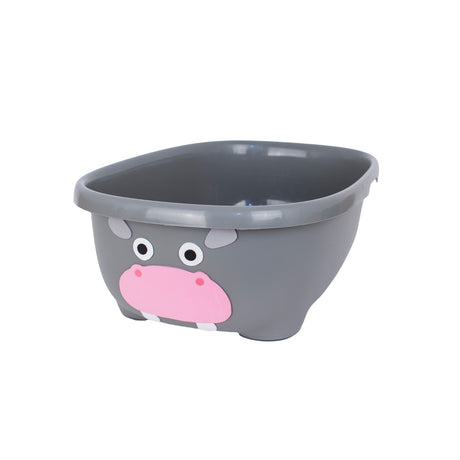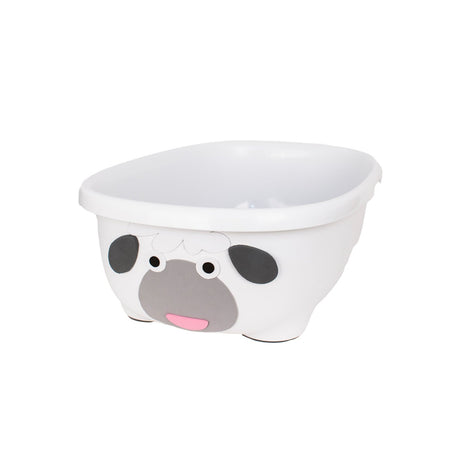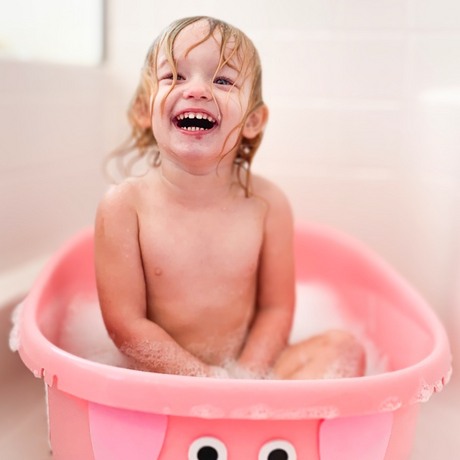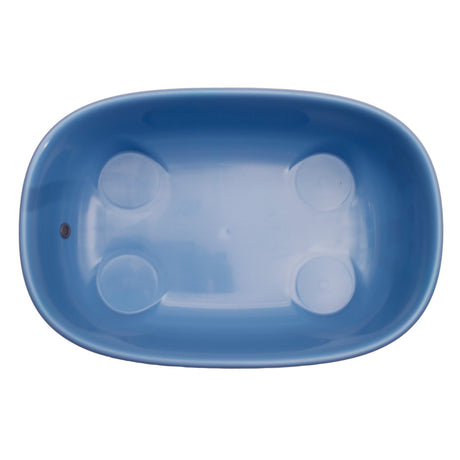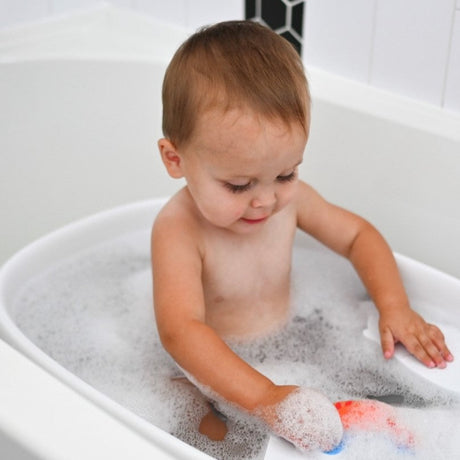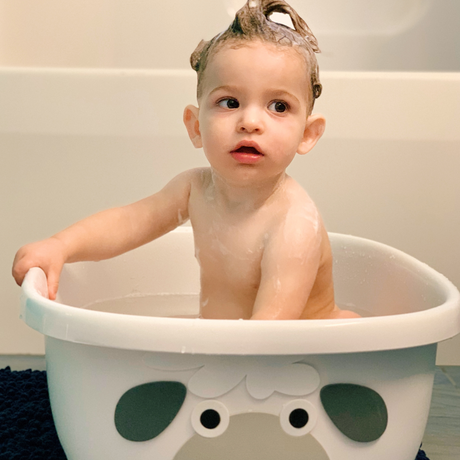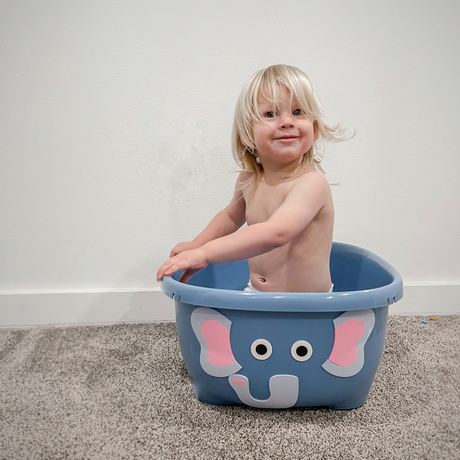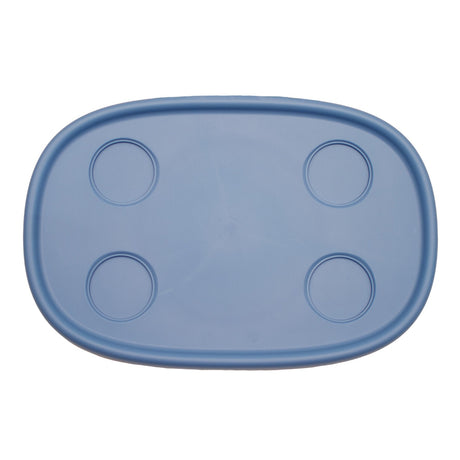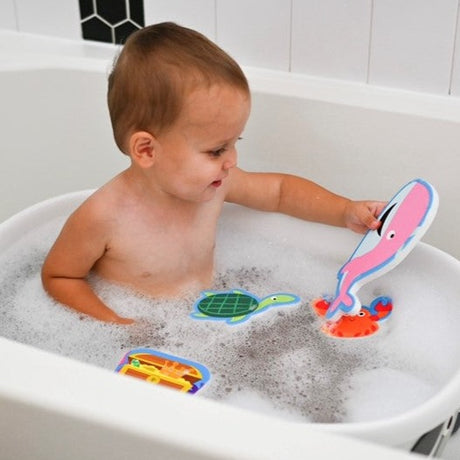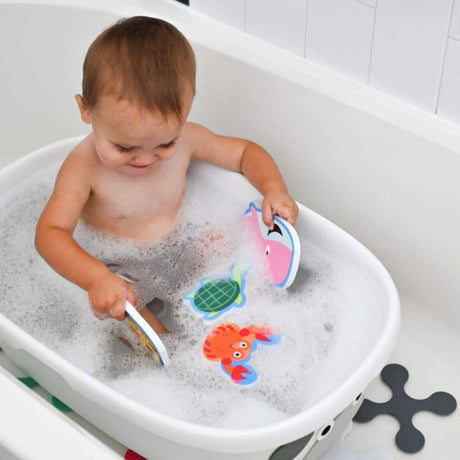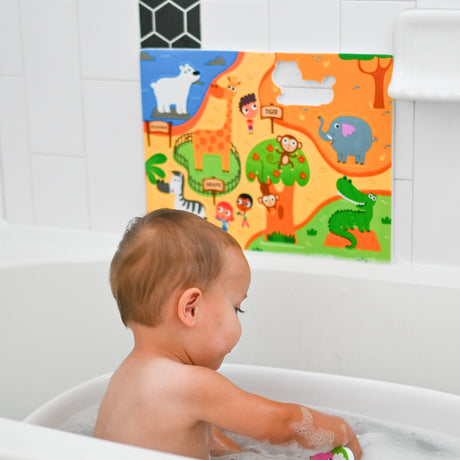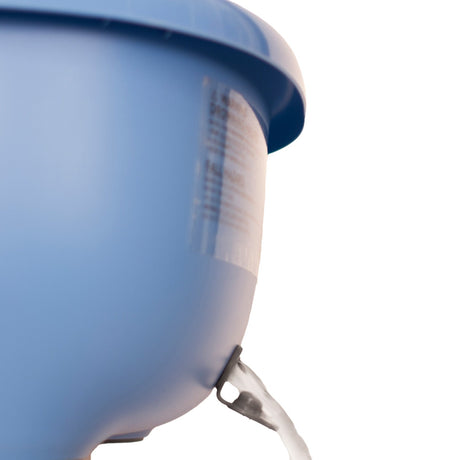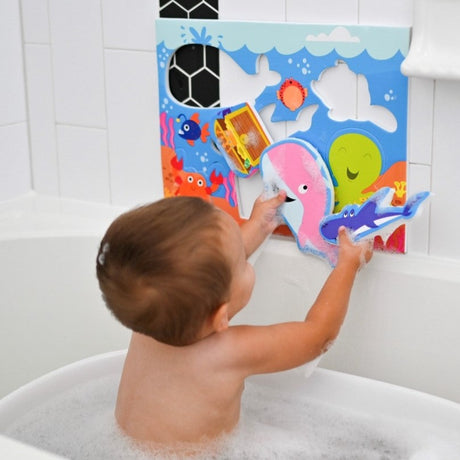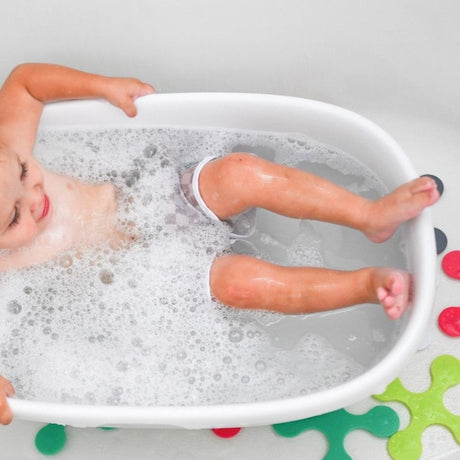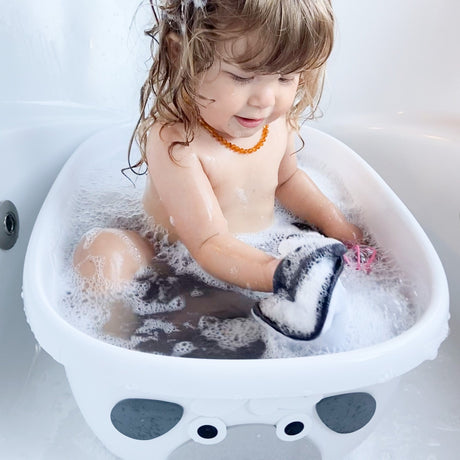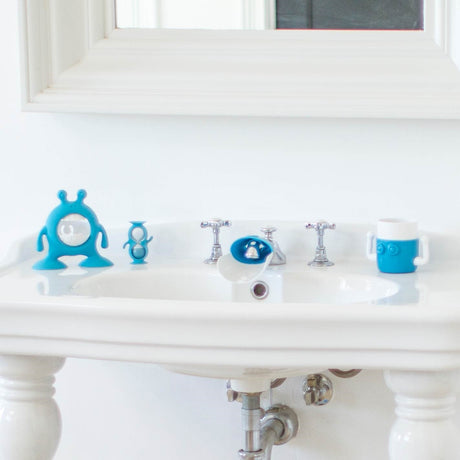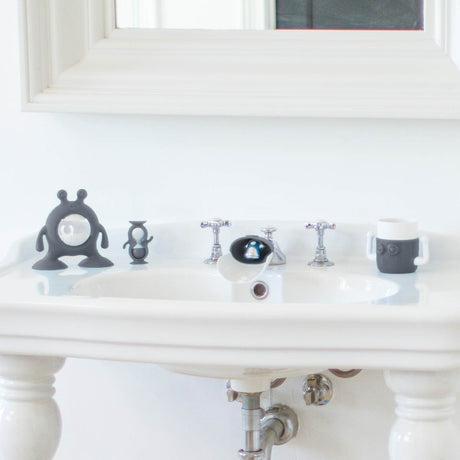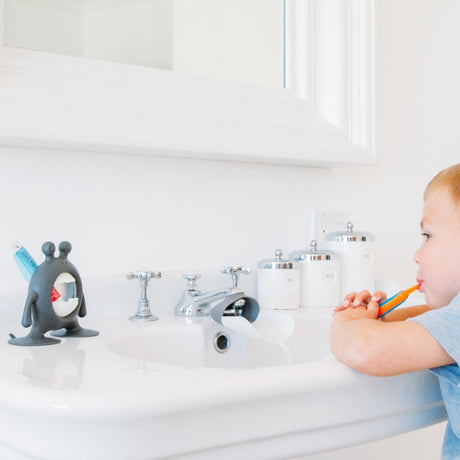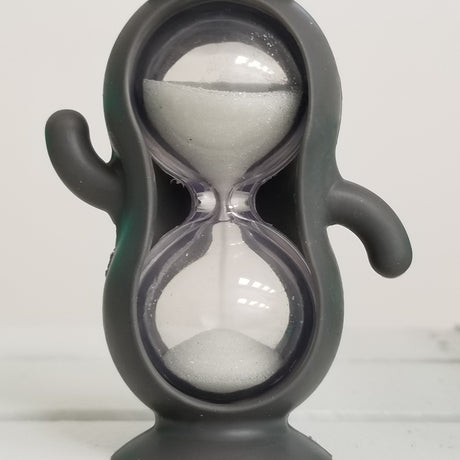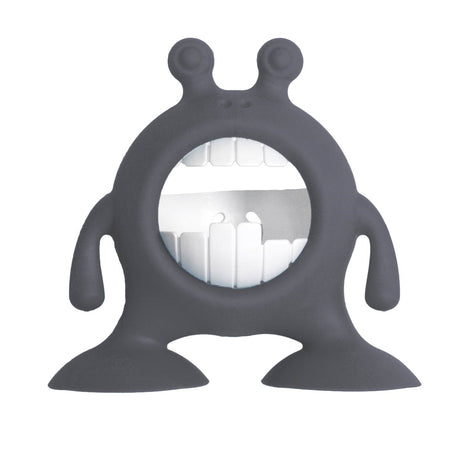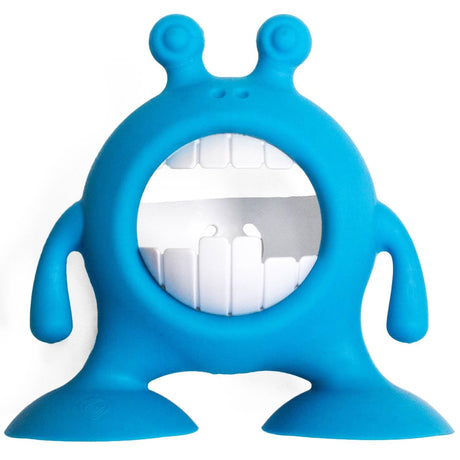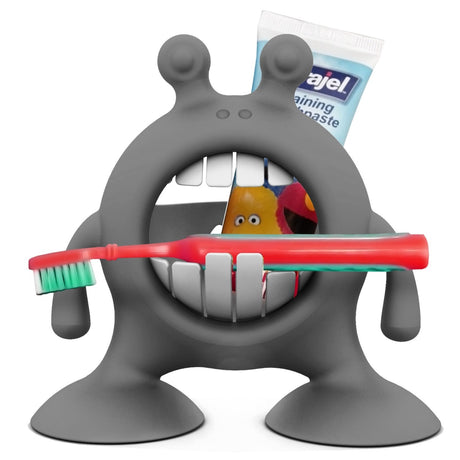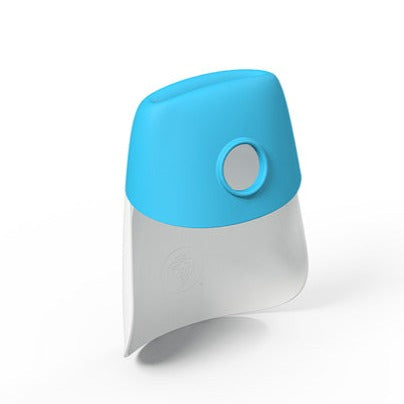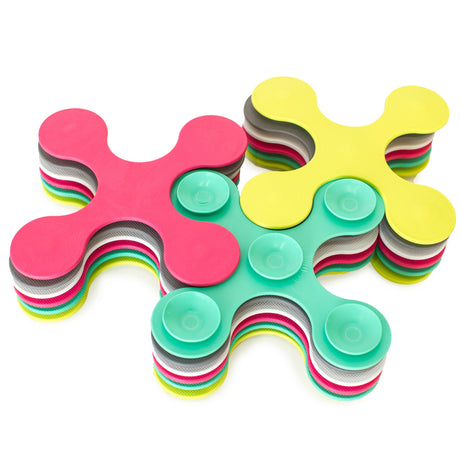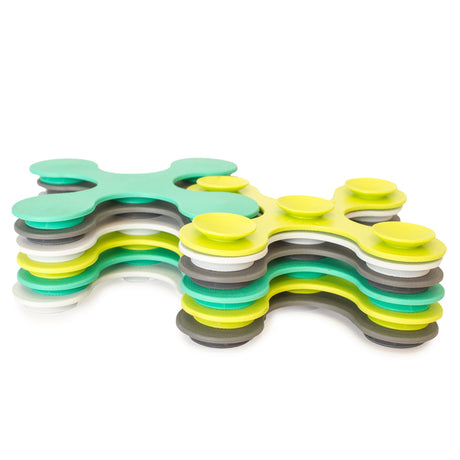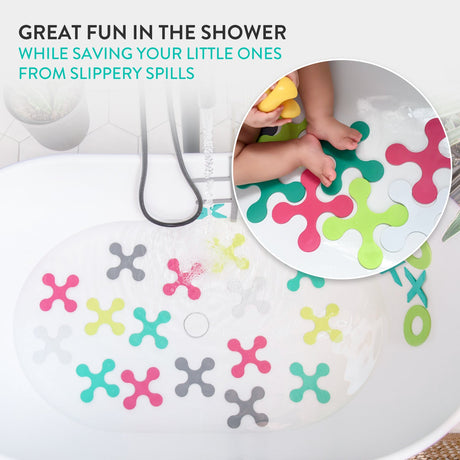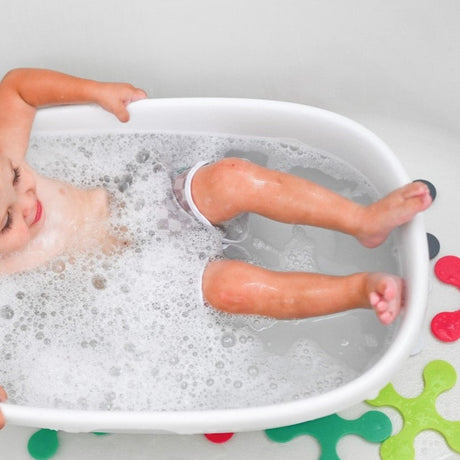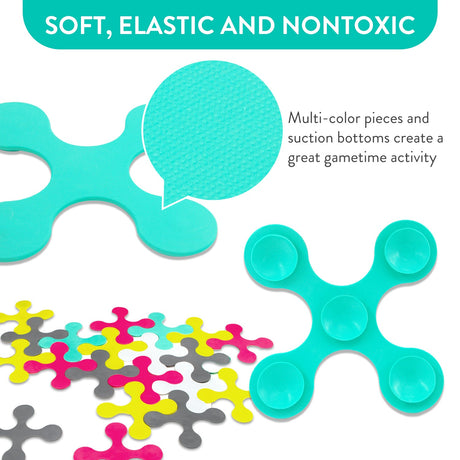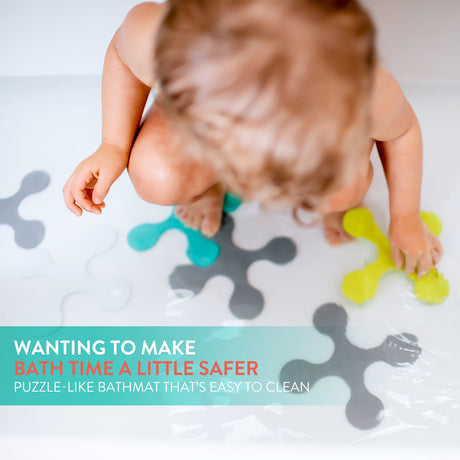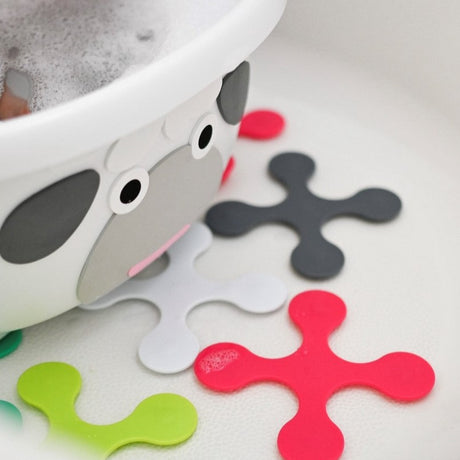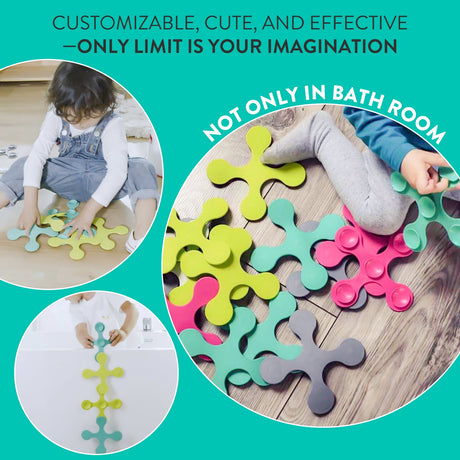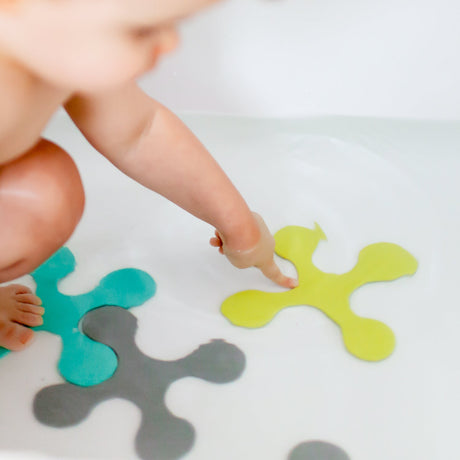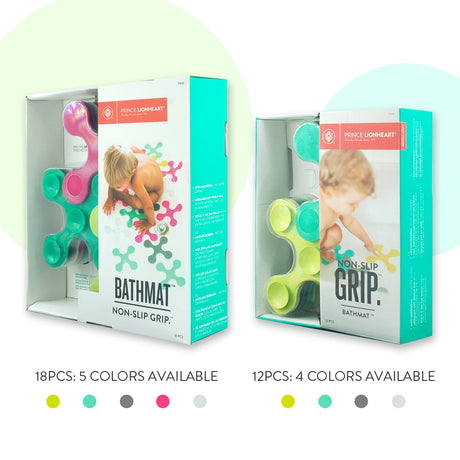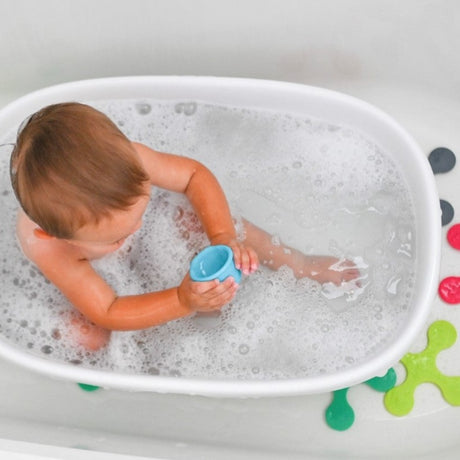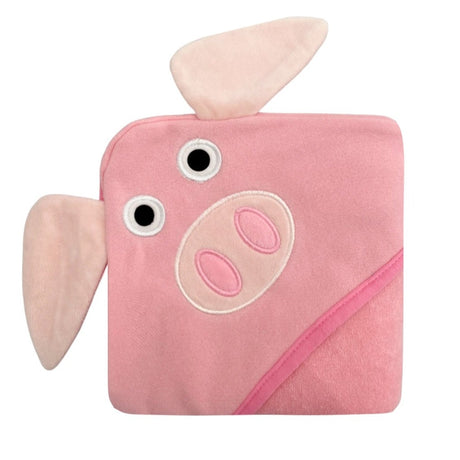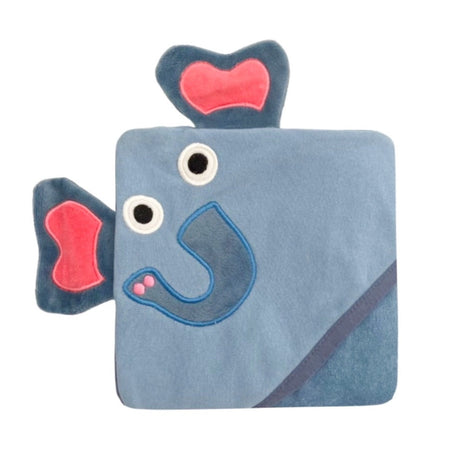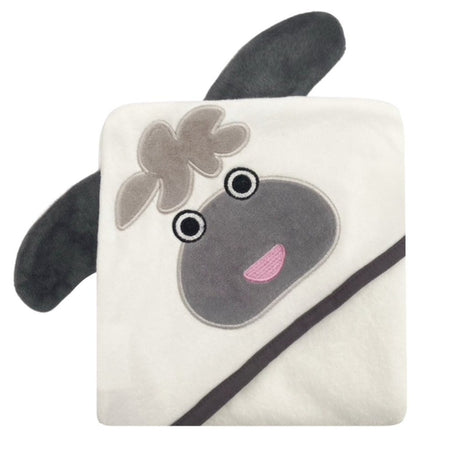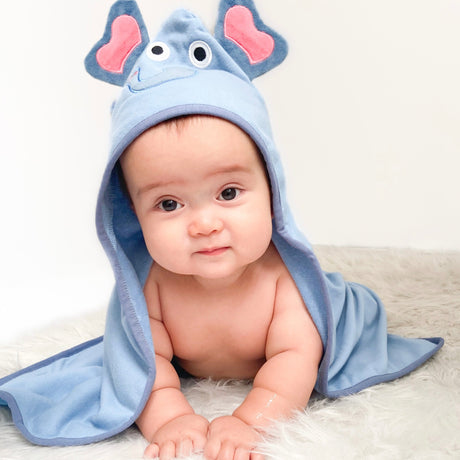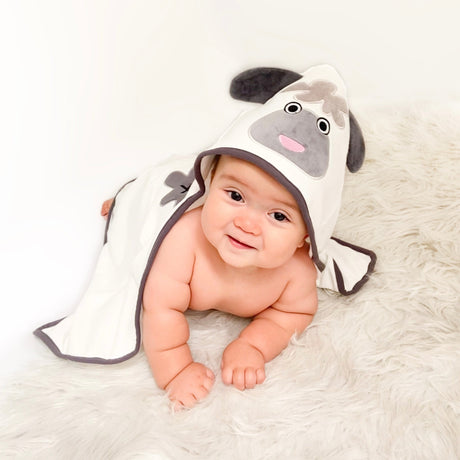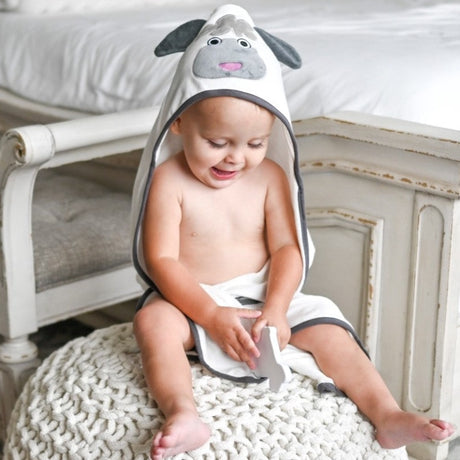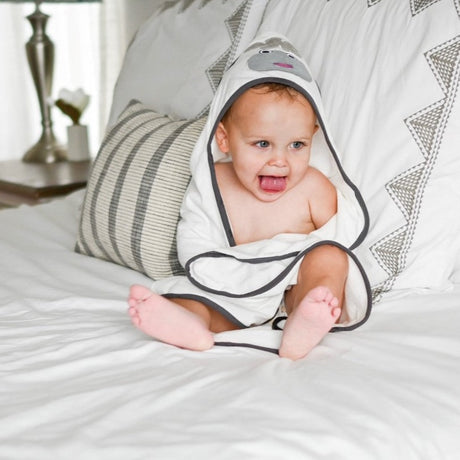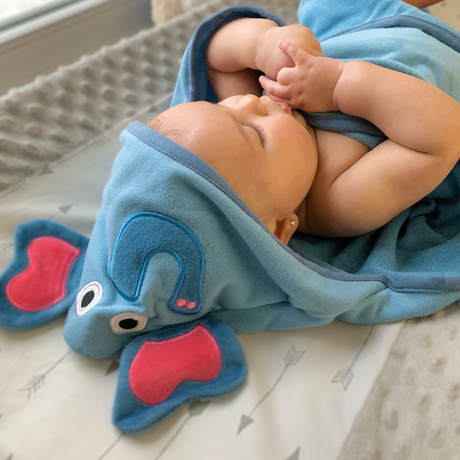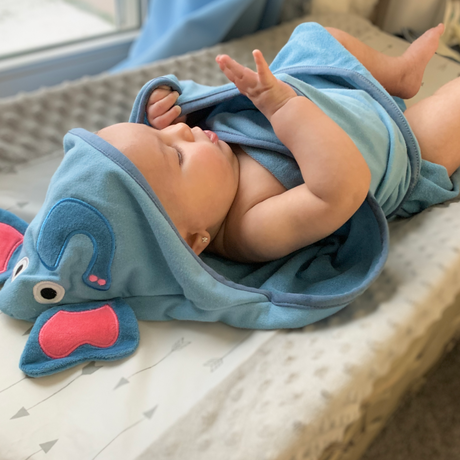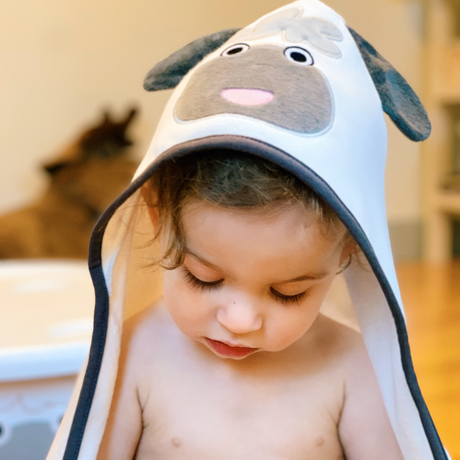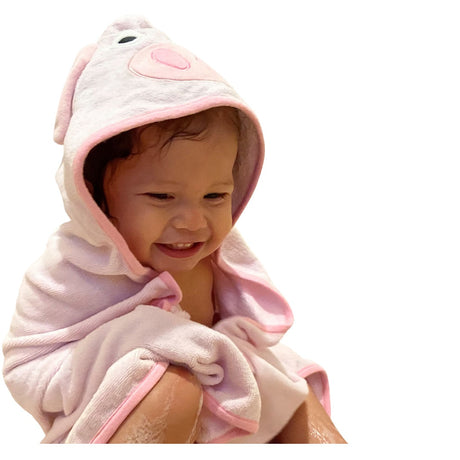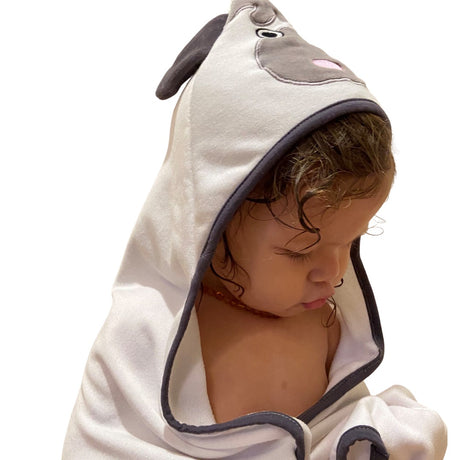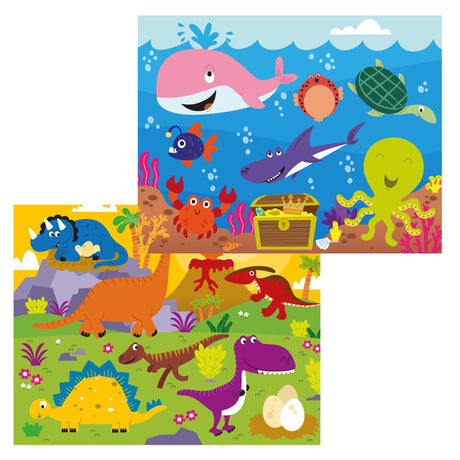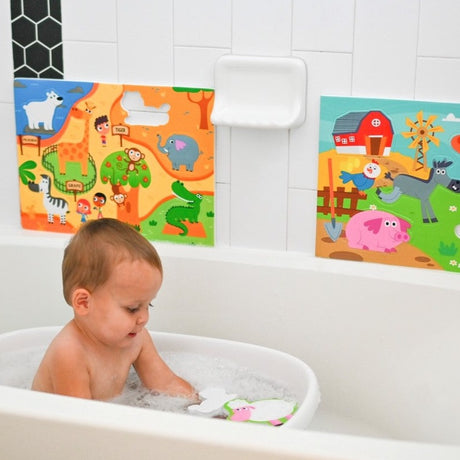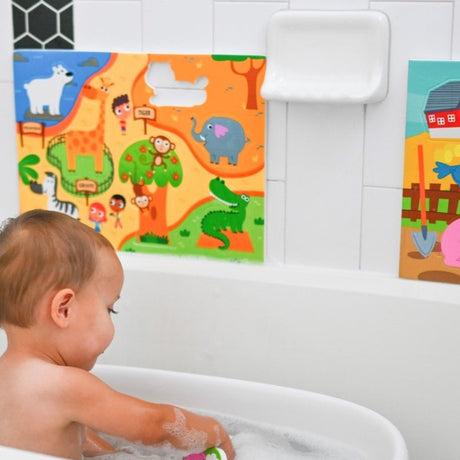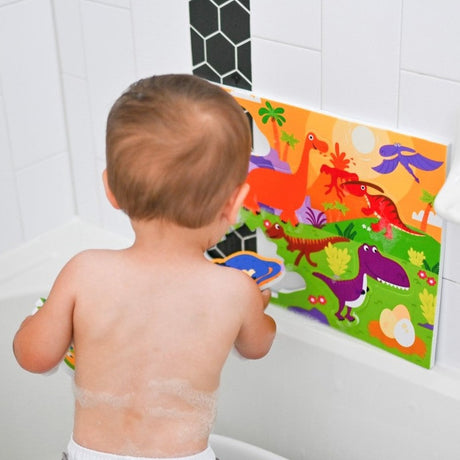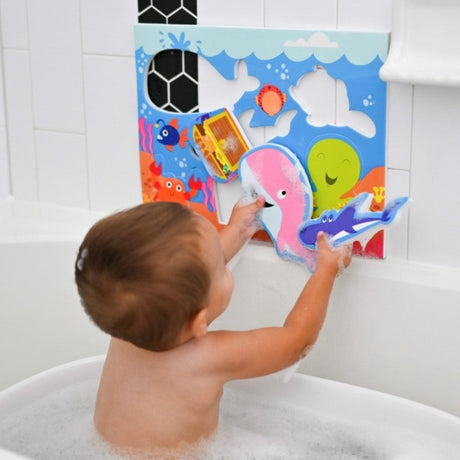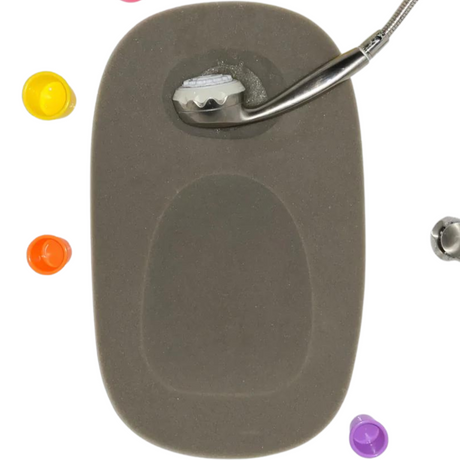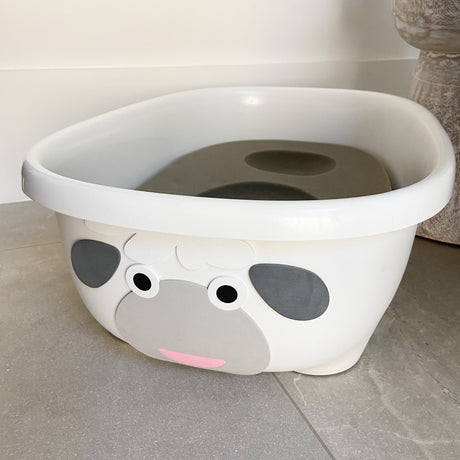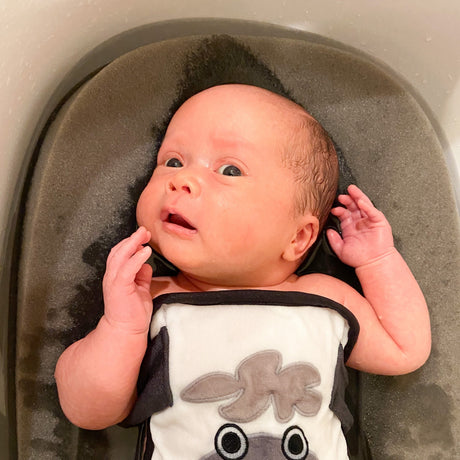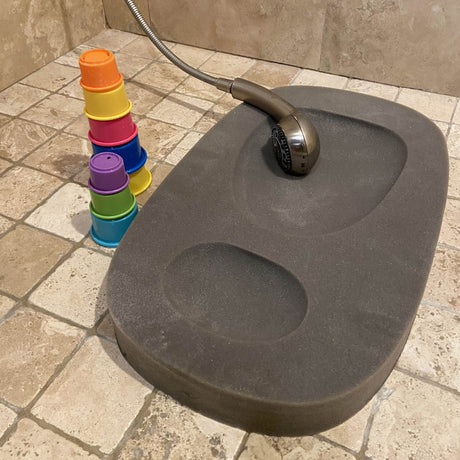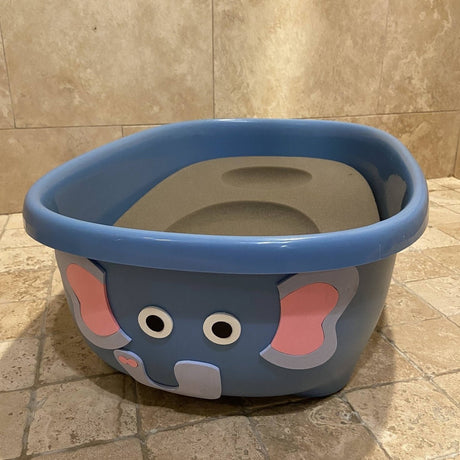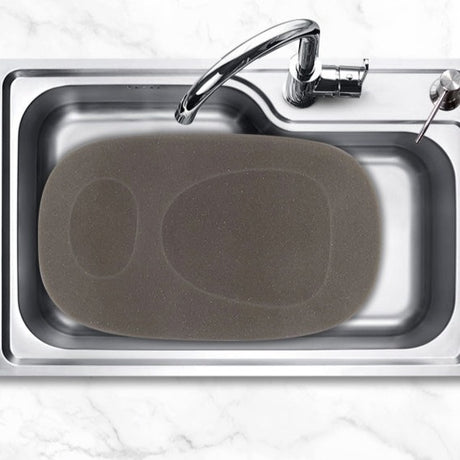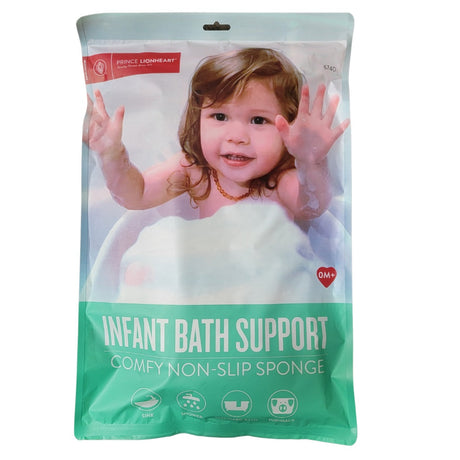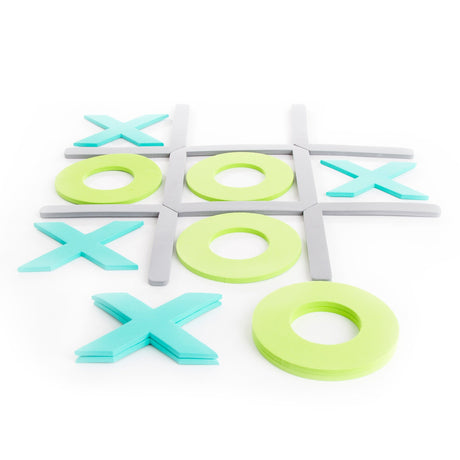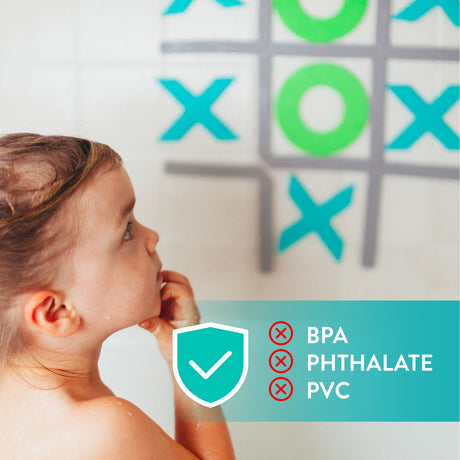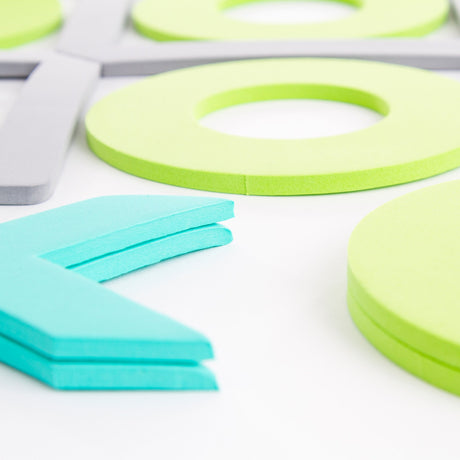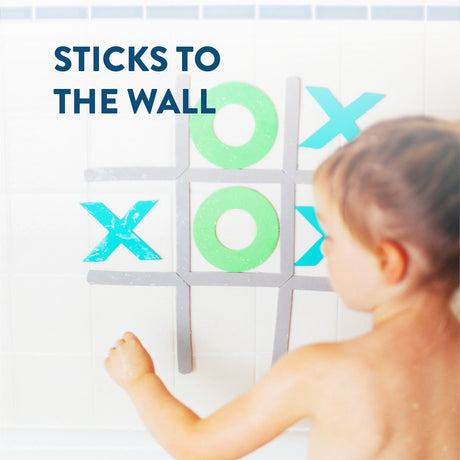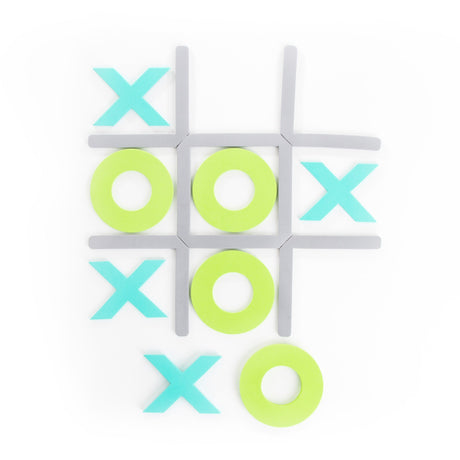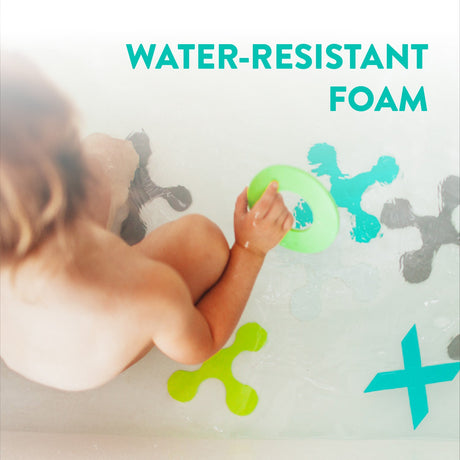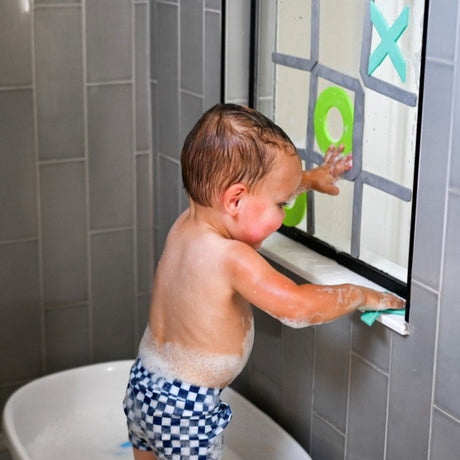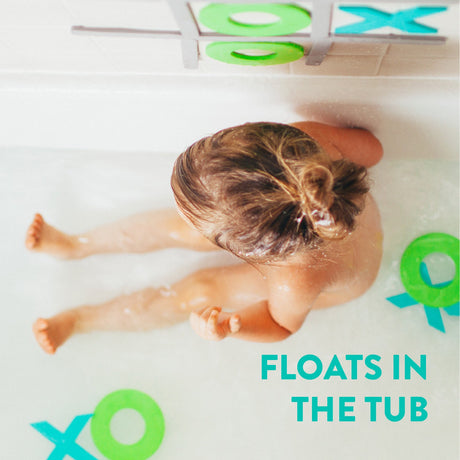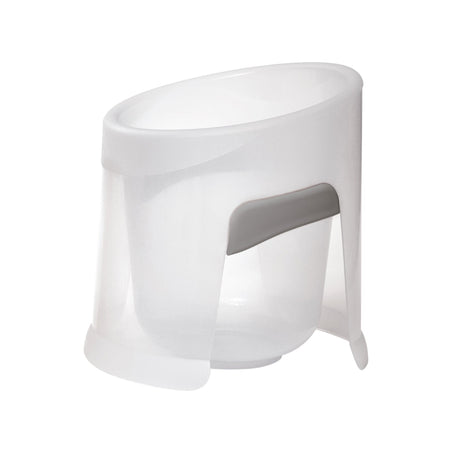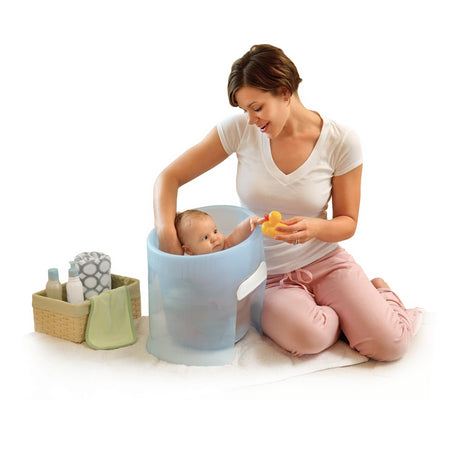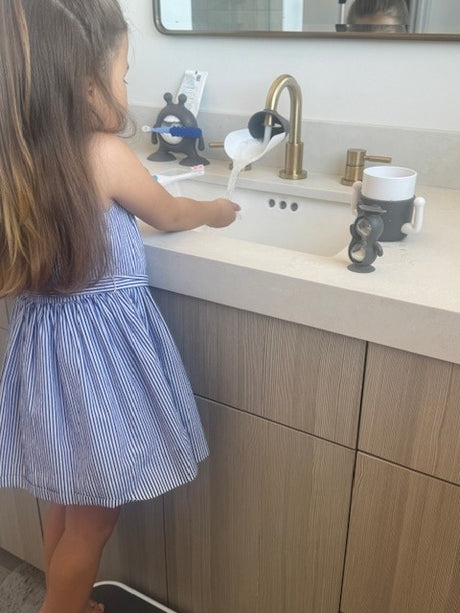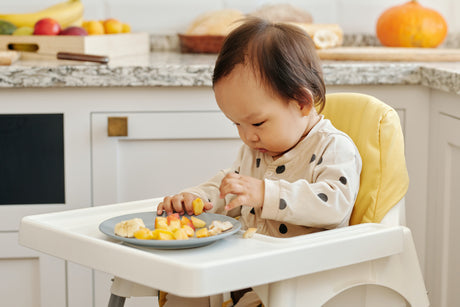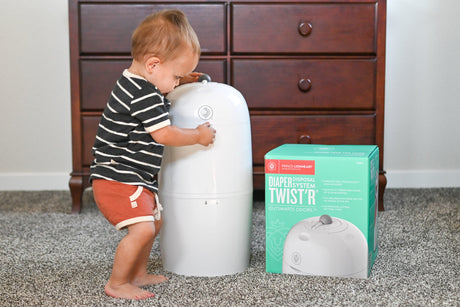Choosing the right materials for baby furniture is crucial for your child’s safety and comfort. With many options available, it can be overwhelming to decide. This guide will help you understand the best materials to consider when shopping for baby furniture.
Safety First: Understanding Material Safety Standards
When it comes to baby furniture, safety is paramount. All materials used in the production of baby furniture should adhere to strict safety standards to prevent any harmful effects on your child. Look for certifications like the JPMA (Juvenile Products Manufacturers Association) Seal, ensuring that the product meets the highest safety standards. Additionally, furniture should be free from toxic finishes or lead, which can be detrimental to babies who often chew and touch everything in sight.
Understanding material safety is not just about avoiding toxins. It also involves ensuring the furniture is stable and robust enough to withstand the wear and tear of daily use. Opt for pieces that are sturdy to prevent accidents, like tipping or breaking, which can cause injuries. Furniture that complies with ASTM standards is usually a safe bet for your little ones.
Evaluating Wood: Solid vs. Engineered
Wood is a popular choice for baby furniture due to its durability and timeless appeal. However, parents often find themselves choosing between solid wood and engineered wood. Solid wood is a natural material known for its strength and durability, making it an excellent choice for nursery furniture that can last for years. It also carries a certain aesthetic that many parents find appealing.
On the other hand, engineered wood, such as MDF or plywood, can also be a good choice for baby furniture. These materials are often more affordable and can be just as durable if manufactured properly. They tend to offer more flexibility in designs and finishes. However, ensure that engineered wood furniture is free from formaldehyde and other volatile organic compounds (VOCs) to limit exposure to harmful fumes.
Plastic Furniture: Pros and Cons
Plastic baby furniture is growing in popularity due to its lightweight nature and versatility in design. For parents looking for bright and colorful furniture options, plastic might be the way to go. Additionally, plastic is generally easier to clean, which is a significant advantage in a nursery setting.
Despite these benefits, there are potential downsides to plastic furniture. One of the main concerns is the environmental impact, as plastic is not biodegradable. Some parents might also be worried about the presence of phthalates or BPA in some plastics, which are linked to health issues. Always look for baby furniture that is marketed as BPA-free and phthalate-free to ensure a safer environment for your child.
Metal Furniture: Is It Safe for Babies?
Metal baby furniture is often acclaimed for its durability and strength. Cribs made of metal are sturdy and can withstand a lot of pressure, which is beneficial as your child grows and becomes more active. Metal furniture also offers a sleek and modern look, which can be appealing for contemporary nursery designs.
However, the safety of metal furniture comes into question with concerns about sharp edges and the potential for injuries. Make sure metal furniture is designed with rounded edges or includes protective caps on corners. Additionally, check that the paint or finish used on the metal is non-toxic and designed specifically for baby products.
The Role of Fabrics in Baby Furniture
Fabrics are an essential component of many types of baby furniture, including chairs, cushions, and bedding. When selecting furniture with fabric elements, opt for materials that are breathable and hypoallergenic to reduce the risk of irritations for your child’s sensitive skin. Organic cotton and bamboo fabrics are excellent choices as they are soft, breathable, and free from harmful chemicals.
Among various fabrics, washable or removable fabrics are ideal, especially in environments prone to spills and accidents. Check that all removable covers are machine washable for easy maintenance. This ensures that your furniture stays clean and hygienic, which is vital for your baby’s health.
Factors to Consider: Maintenance and Longevity
Maintenance is a critical factor when choosing baby furniture that will withstand the test of time. Materials that are easy to clean without the need for harsh chemicals contribute greatly to both the longevity of the furniture and the safety of your child. Wood furniture, when properly sealed, can be wiped clean with a damp cloth, while metal and plastic options often require minimal upkeep.
Durability is another important consideration. Investing in high-quality furniture might cost more upfront, but it typically means the furniture will last through multiple children, making it better value in the long run. Look for furniture with solid construction and quality materials to ensure that it remains a staple in your home for years to come.
Final Thoughts on Selecting Materials for Baby Furniture
Selecting the best materials for baby furniture can significantly impact your child’s safety and comfort. By considering safety, durability, and maintenance, you can make wise choices that benefit your family. For a wide selection of safe and reliable baby furniture, visit our homepage.
